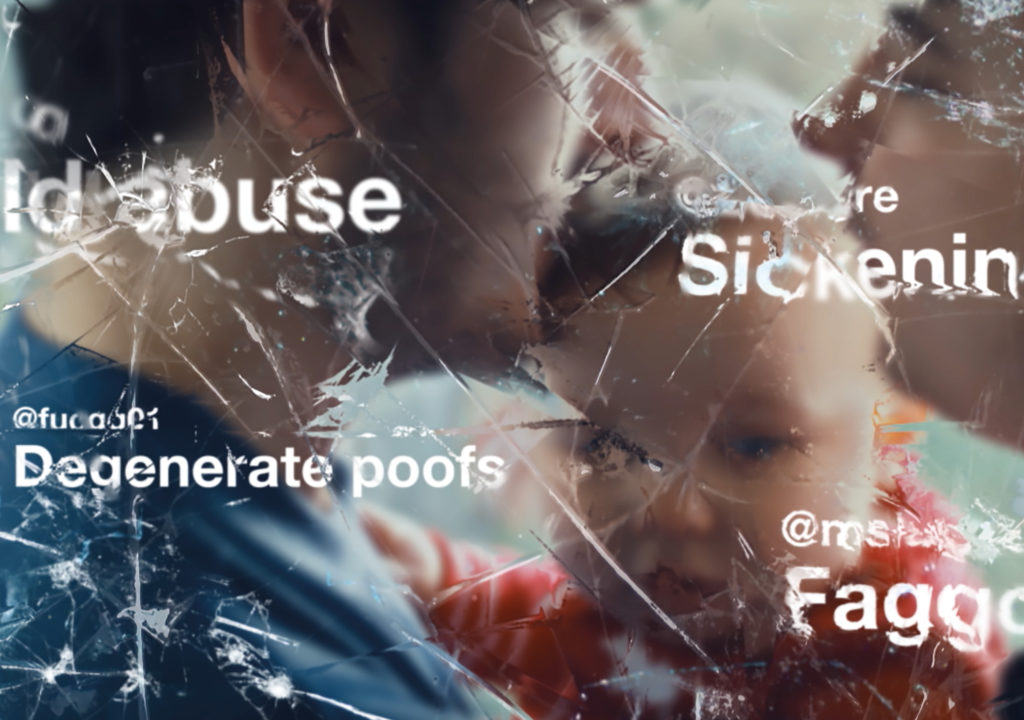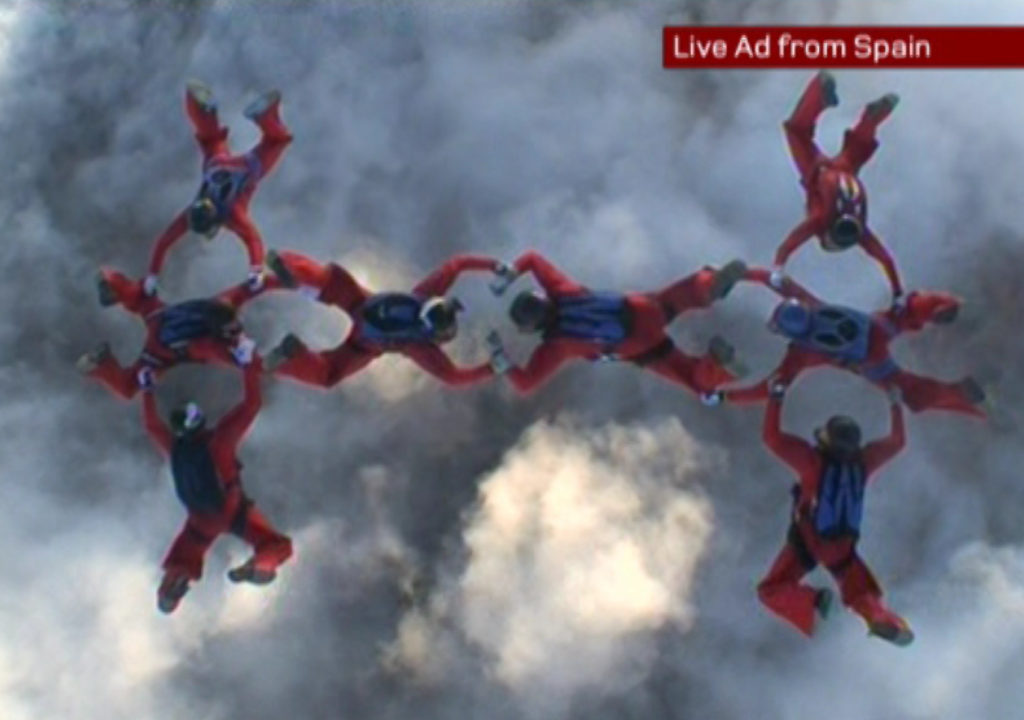In the midst of the content explosion, attention is the new currency
In summary:
- In a world content-rich but attention-starved, understanding and managing attention is the single most important determinant of business success
- To manage attention, brands must move beyond interruption and think audience-first
- The key to standing out from the noise is relevance
- Brands must understand the tension between their message and what audiences want to watch
- People want entertainment, not advertising
- To connect, it’s critical for brands to take the time to understand the cultural universe of their audience
Capgemini recently published the excellent and thought-provoking white paper ‘Managing the Content eXplosion: unleashing the value of content’. In it, and drawing on further sources including Thomas Davenport and John Beck’s book ‘The Attention Economy’, they write:
‘In a world that’s content-rich, yet attention-starved…understanding and managing attention is now the single most important determinant of business success’.
This principle of, above all else, capturing and managing an audience’s attention is one we live by on a daily basis at the Outfit. As a video content business, our clients bring us on board to move them beyond a marketing approach which is interruption-based and into a space where we help them think much more audience-first.
Within this approach, we have developed some key touchstones which have proved to deliver success time and again.
The key to standing out from the noise is relevance.
It’s an understatement to say that there is a lot of video content out there. In the marketing world alone, a recent survey showed that 92% of marketers consider video an important part of their marketing strategy, with this figure continuing to rise year-on-year. This in addition to all the content already being delivered in the name of great entertainment and publishing, and by consumers.
So, more brands than ever are piling into this space. But, as one of these brands, unless you can win people’s attention, you’re going to get lost in the noise. To get cut-through, brands typically use the traditional advertising model of interruption. However, the problem with this model is that it’s essentially about shouting at the audience, which may or may not get the reaction you want.
Audiences want brands to be part of their universe. They are savvy and simply skip past content that isn’t relevant to them. To get attention, the conversation needs to be relevant, in order to build a relationship with the audience.
Brands need to understand the tension between their messages and what audiences want to watch.
You need to draw a distinction between content being either at the top or the bottom end of the funnel. At the lower end, audiences will happily engage with brand messages and actively demand demos and product stories from the brand, to help with their purchase decisions.
The challenge comes with earning the audience’s attention at the top of the funnel. The danger is that brands try and do too much with this content that focuses on trying to drive short-term purchase.
Very quickly, a tension develops between the messages they want to land, and what people want to watch. At this stage the audience aren’t at the point where they are ready to be sold to, and it renders the content ineffective.
People want entertainment, not advertising.
As a brand, you need to turn up in someone’s universe in a way which makes them want to engage with you: being part of their content experience, serving the brand’s message in an engaging and entertaining way.
Audiences go to content platforms, whether TV or TikTok, to be entertained by content, not for the advertising, and we should never forget that.
Brands can’t just talk about themselves. It’s a two-way relationship which – like any great relationship – starts with people getting to know each other.
To connect, it’s critical for brands to take the time to understand the cultural universe of their audience.
As a brand you should always map out your customer journey, asking yourself what content your audience wants to consume and where, and ensuring you’re serving your audience relevant content for each stage of that journey.
But beyond that, you also need to take the time to understand your audience’s cultural universe. What are the qualities that lead them to choose to spend time with their favourite shows, communities, social feeds or editorial? By learning from these touchpoints, and baking those behaviours into your content strategy, it allows you to create content people actually want, rather than what you think they want.
We help brands do this by applying what we call our ‘connective tissue’ process – joining up what the brand wants to say with how the audience wants to see or hear it. We also firmly believe that you really need to deliver your brand messages in language that you or your friends would actually use. So don’t be afraid to ‘speak human’ – and don’t just obsessively speak about yourself.
For us, these are some of the fundamental ingredients that create authentic connections with audiences, which in turn allow us to successfully capture and manage attention.












